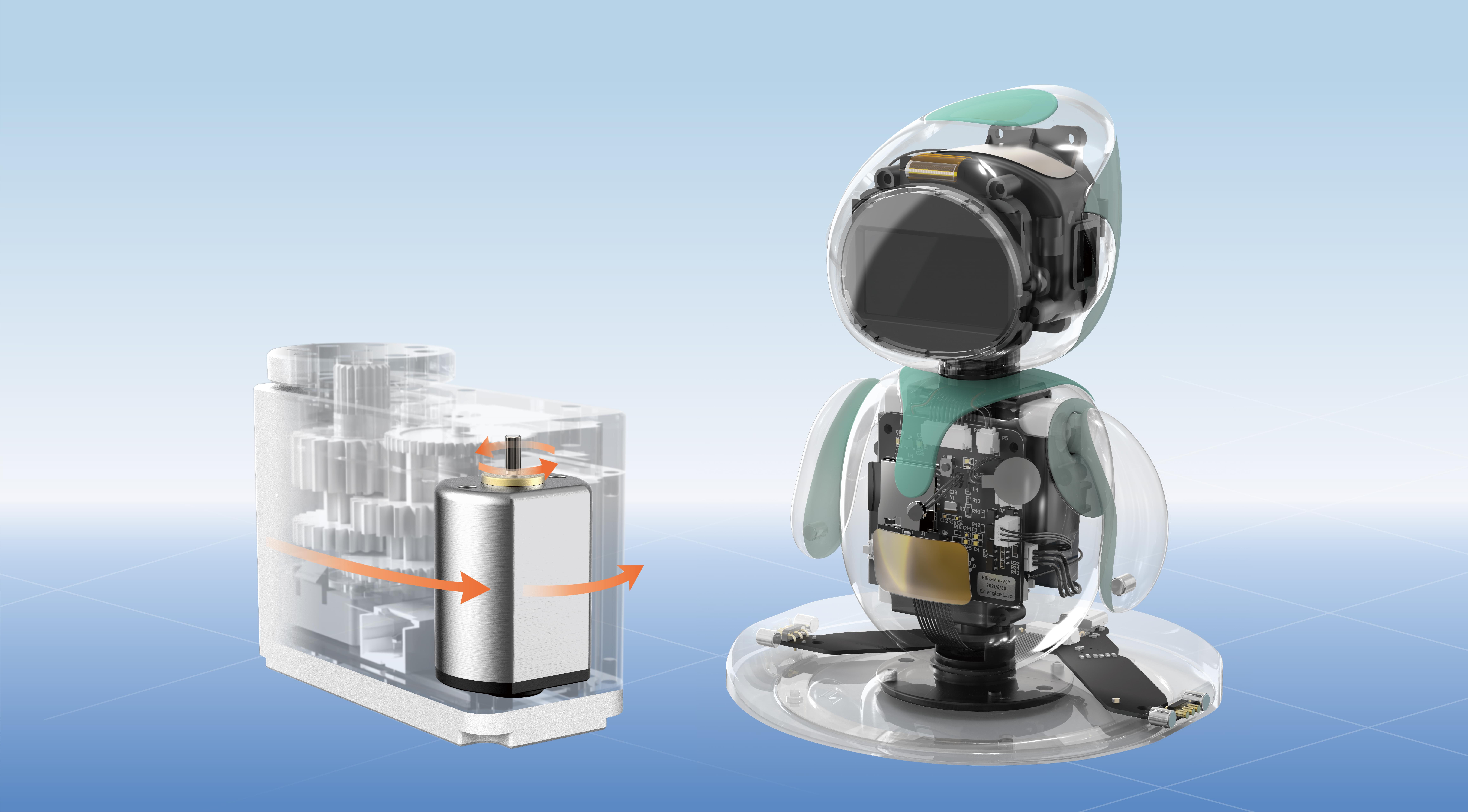Unlocking Creativity with the 9g SG90 Servo Motor: A Beginner's Guide to Robotics and Automation
Imagine a tiny device capable of transforming your simplest ideas into dynamic, moving realities. That’s exactly what the 9g SG90 servo motor offers—an unassuming yet mighty component that has revolutionized DIY projects, robotic engineering, and automation enthusiasts around the globe. Whether you are a seasoned engineer tinkering with advanced robotics or an enthusiastic beginner exploring the wonders of electronics, understanding the SG90 can open up an entire universe of possibilities.

What is a servo motor?
At its core, a servo motor is a compact, high-precision motor coupled with a control circuit. Unlike continuous rotation motors, servos are designed to rotate to specific angles, providing precise position control. This makes them ideal for applications where exact movement is essential—like steering a robot arm, controlling camera angles, or creating animated models.
Introducing the SG90: The tiny titan
The SG90 is a micro servo motor that boasts an impressive blend of affordability, size, and performance. Weighing approximately 9 grams, it measures roughly 23 x 12.2 x 29 mm, making it perfect for projects with limited space. Its small form factor does not compromise on its capabilities. The SG90 offers a rotation range typically between 0° and 180°, with some variants capable of 90°. Its internal gearing and motor are designed for durability, ensuring consistent performance over countless project cycles.
What truly sets the SG90 apart is its ease of use. With just a few wires—power (usually 5V), ground, and a control signal—you can integrate it into virtually any microcontroller platform, including Arduino, Raspberry Pi, or even simple transistor circuits. This accessibility has made it a favorite among educators, hobbyists, and professionals needing quick, reliable solutions.
Understanding the core components of the SG90
The internal architecture of the SG90 includes a small DC motor, a set of plastic gears, and an electronic circuit that interprets PWM (Pulse Width Modulation) signals for precise positioning. PWM signals control the angle of rotation: a pulse width of about 1 millisecond generally commands the servo to turn to 0°, while a pulse of approximately 2 milliseconds commands the servo to turn to 180°. By varying this pulse width, you can achieve any position within its range accurately.
Furthermore, the motor and gears are housed in a lightweight plastic casing, which, while not as robust as metal gear servos, offers sufficient durability for most hobbyist projects. The plastic gears also make the SG90 more lightweight, helping conserve power and reduce overall load on your robotic system.
Applications that make creative use of the SG90
While the SG90's compact size and affordability are appealing on their own, its versatility makes it suitable for a broad range of applications. Here are some notable examples:
Robotics: The SG90 is often used to control robotic arms, quadruped robots, and pan-tilt camera mounts. Its precise control enables robots to perform delicate tasks or follow complex commands smoothly.
Drones and RC Vehicles: In RC airplanes, cars, and boats, the SG90 acts as a steering or control surface actuator, allowing remote control or autonomous functions.
Educational Projects: Schools and universities rely on the SG90 for teaching concepts of electronics, programming, and mechanics through hands-on projects.
Art Installations and Animations: Artists and designers harness the servo's movement to automate sculptures, interactive displays, and kinetic art.
Pros and cons at a glance
Every component has its strengths and limitations, and understanding these helps you make smarter choices for your projects.
Pros:
Cost-effective and widely available Extremely lightweight Easy to control via PWM Compatible with many microcontrollers Suitable for small-scale applications
Cons:
Plastic gears may wear out over time Limited torque (~1.8 kg·cm at 4.8V) Less durable than metal gear servos Generally designed for low-load applications
Why choose the SG90 over other servos?
For beginners and hobbyists, the SG90 presents a perfect starting point. Its affordability lowers entry barriers, while its straightforward interface accelerates learning and experimentation. When combined with tutorials and community support, the SG90 becomes a reliable partner in your DIY journey.
Getting started with your SG90
Hardware setup: Connect the servo's power and ground to your microcontroller's 5V and GND pins. The control signal wire, usually yellow or white, connects to a PWM-capable pin on your board.
Software control: Using platforms like Arduino IDE, you can write simple scripts that send PWM signals to set the servo's position. Many tutorials are readily available that walk you through the process.
Power considerations: While the SG90 is low power, ensure your power supply can handle multiple servos to prevent voltage drops, which might cause jitter or reset your microcontroller.
Established in 2005, Kpower has been dedicated to a professional compact motion unit manufacturer, headquartered in Dongguan, Guangdong Province, China.




































